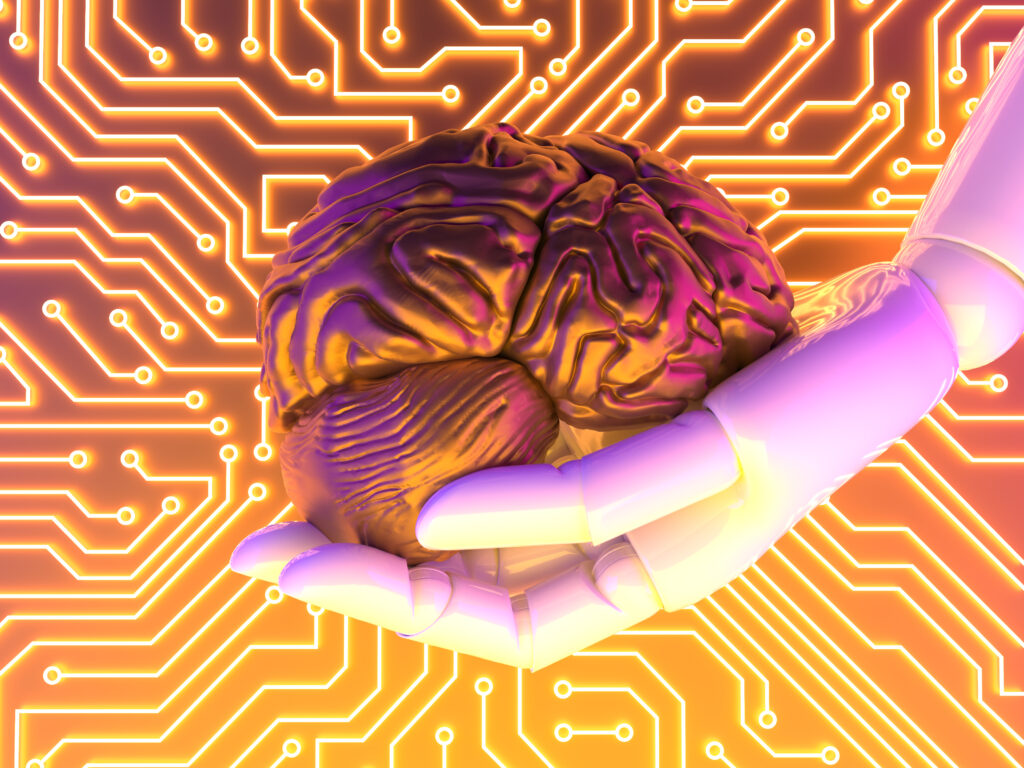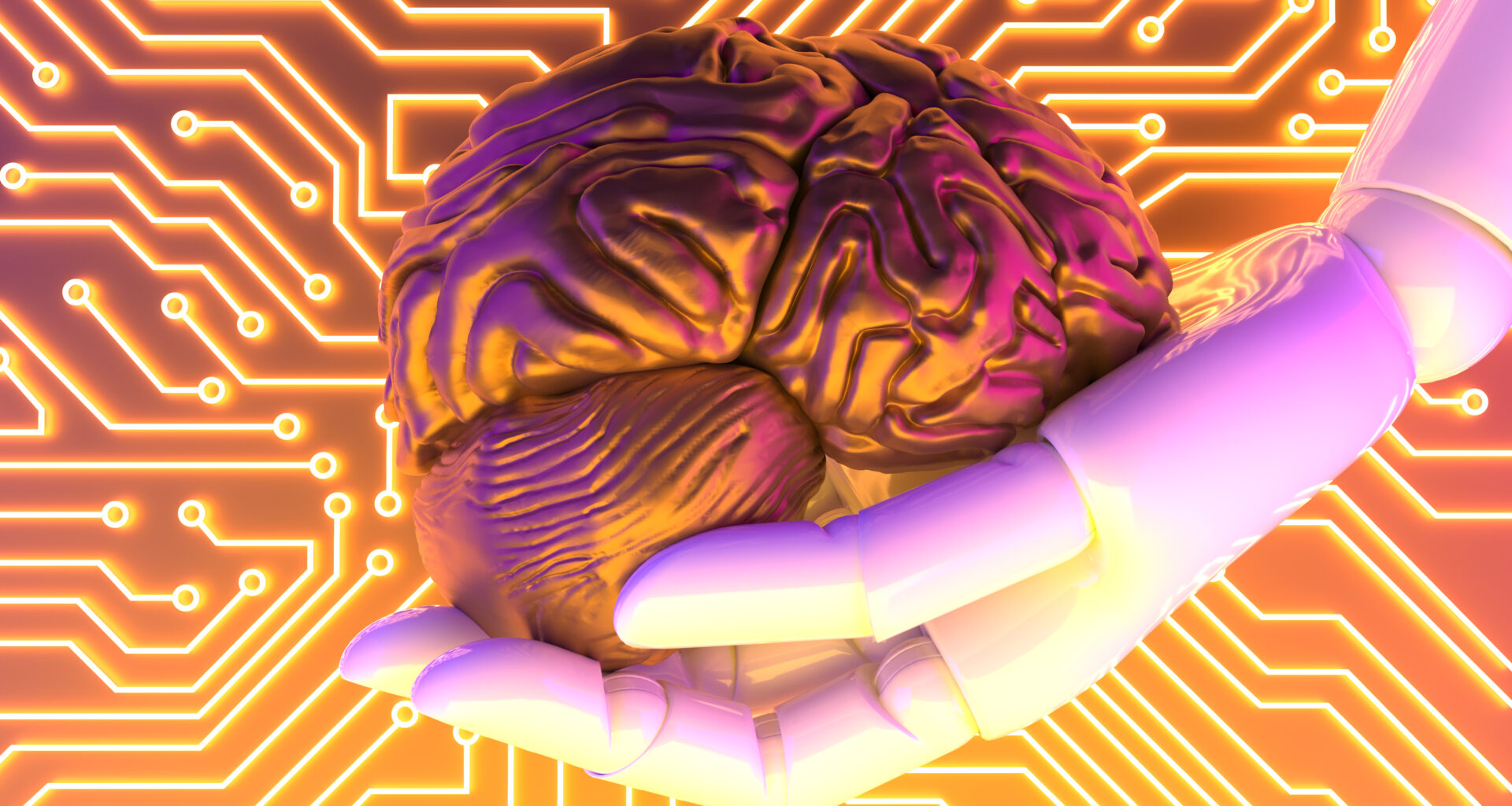the
healthtransformation
.foundation
Joaquim Cardoso MSc
February 1, 2024
This executive summary is based on the article “Elon Musk’s Neuralink Has Implanted Its First Chip in a Human Brain. What’s Next?”, published by Scientific American and written by Ben Guarino on January 30, 2024.
What is the message?
Elon Musk’s company, Neuralink, has achieved a significant milestone by successfully implanting its brain-computer interface (BCI) into a human for the first time.
The wireless Neuralink device, containing a chip and electrode arrays, aims to register thoughts related to motion, with the eventual goal of enabling computer control through neural signals.

ONE PAGE SUMMARY
What are the key points?
Implantation Success: Elon Musk announced the successful implantation of Neuralink’s BCI into a human, marking a pivotal moment in the development of brain-machine interfaces.
Wireless Neuralink Device: The device comprises a chip and over 1,000 flexible conductors threaded into the cerebral cortex by a surgical robot. The electrodes register brain cells’ electrical activity related to motion.
Telepathic Control: Musk envisions an app that can translate neural signals into actions, allowing users to control computers through thought. The initial results showed “promising neuron spike detection.”
Regulatory Approval: The U.S. Food and Drug Administration (FDA) approved human clinical trials for Neuralink in May 2023, with enrollment open for the first study involving individuals with quadriplegia.
Commercialization Goals: Neuralink’s original goal of merging human brains with artificial intelligence remains, but current efforts align with immediate applications, such as assisting people with paralysis.
What are the key statistics?
Neuralink’s device contains over 1,000 superthin, flexible conductors.
The success rate of the MMR vaccine in preventing measles is highlighted (35 times less likely to get measles than someone with no immunity).
What are the key examples?
Neuralink’s device aims to achieve telepathic communication, with Musk envisioning capabilities that surpass traditional communication methods.
The success rate of the MMR vaccine is cited as an example to emphasize the reliability of immunization.
Conclusion
Neuralink’s achievement represents a major step forward in the field of brain-computer interfaces. While the immediate focus is on applications for individuals with paralysis, the long-term goals involve merging human brains with artificial intelligence.
The success of the implantation and the promising results in detecting neuron spikes signal a potential revolution in neurotechnology.
However, challenges remain, including ethical considerations and the need for further research to fully understand the capabilities and limitations of Neuralink’s technology.
The future implications of BCIs, as outlined by Elon Musk, are both intriguing and raise questions about the boundaries and possibilities of human-machine integration.
To read the original publication, click here.




